The automotive industry has long regarded China as the locomotive of global earnings. And for much of the past decade, things couldn’t have been better.
As new-found levels of wealth poured into China’s middle class during a sustained period of economic growth after the 2009 recession, sales in the world’s largest car market soared to lofty new heights. Sales of cars in China eventually reached a peak of 28,879,000 in 2017 – a figure that represented more than a quarter of all cars sold globally that year.
With a seemingly never-ending stream of earnings driven by their success in China, profits at many established Western car manufacturers and younger Chinese automotive entities surged.
At the time, the general prognosis was that the uninterrupted demand for both passenger cars and commercial vehicles in China would continue on the back of newly enacted stimulus measures for electric vehicles, as well as the opening up of important markets in the country’s largely untapped western regions.
Then came 2018, when the Chinese economy unexpectedly shrank and the world’s largest car market contracted for the first time in more than two decades.
At first, many were quick to dismiss the 6% reduction in annual sales as a mere blip. Since then, however, the drop in car sales in China has accelerated. Against the backdrop of a US-China trade war and continued uncertainty in global financial markets, car sales in China have recorded year-on-year reductions for all but one of the past 17 months up to the end of November 2019.
For the more financially stable of China’s long list of domestic car makers, including the major state-owned manufacturers – SAIC, BAIC, FAW, GAC, Changan and Dongfeng – the historic downturn in car sales has proven a true test of resilience. It has come at a time when they find themselves being forced to invest heavily in technology for battery-electric vehicles, autonomous driving functions and, as part of a new package of Chinese government directives, hydrogen fuel cell drivelines.


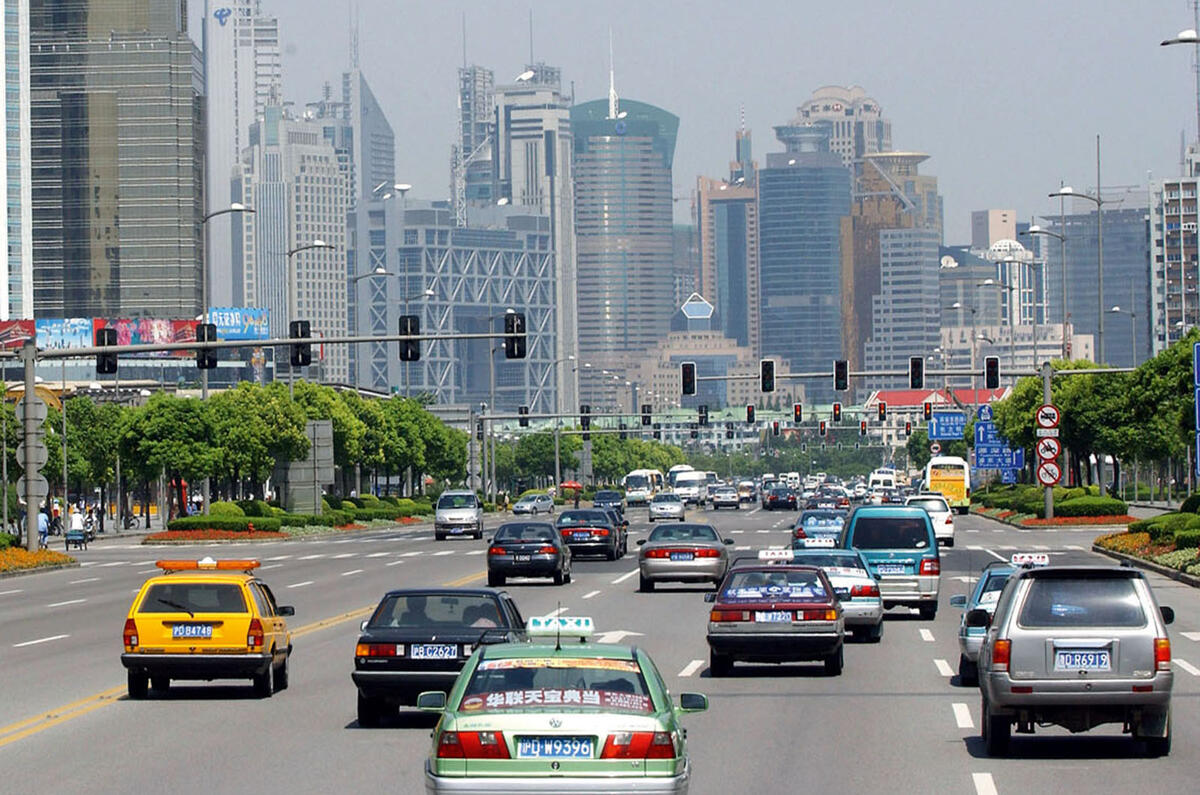
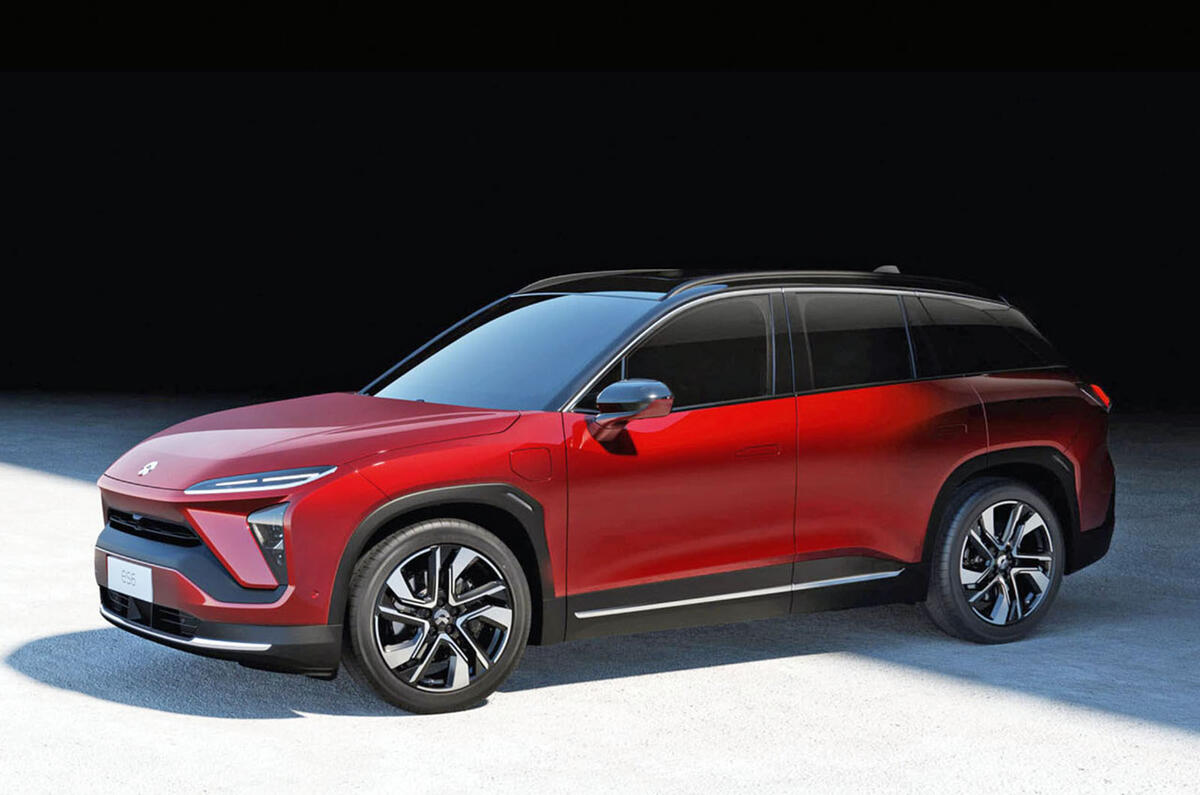

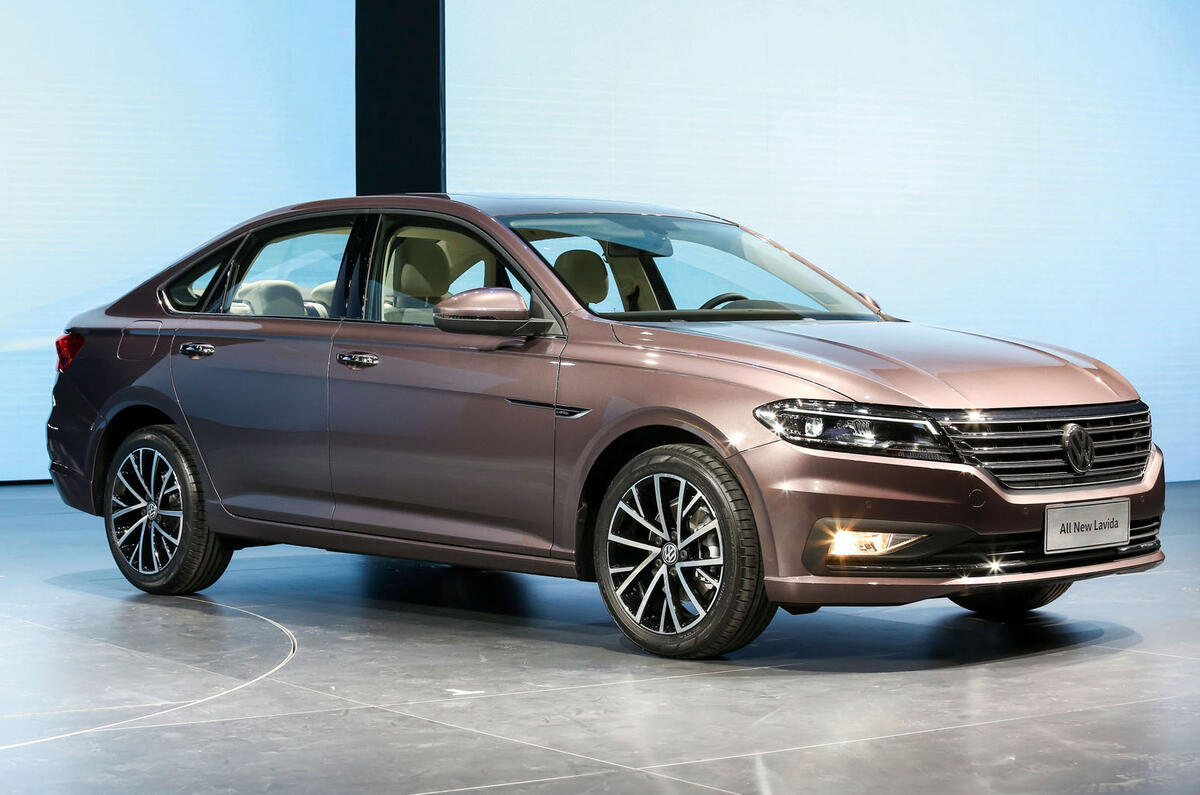
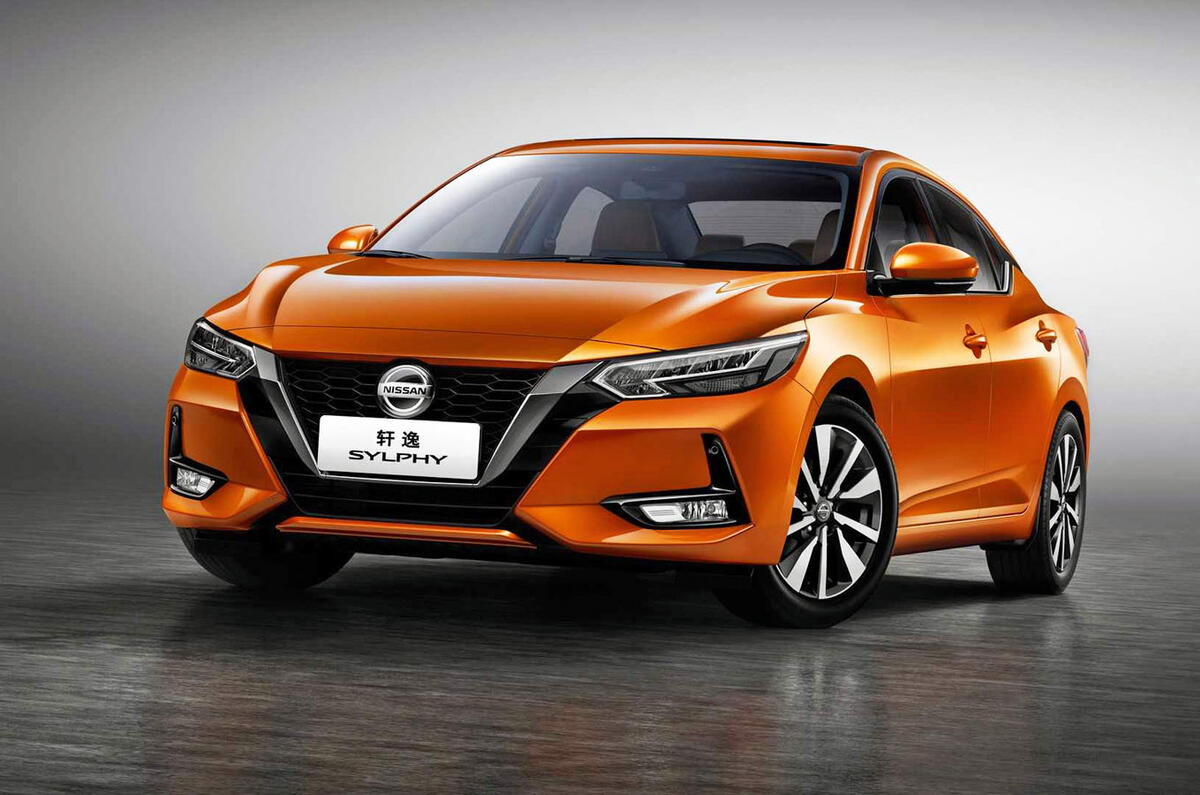
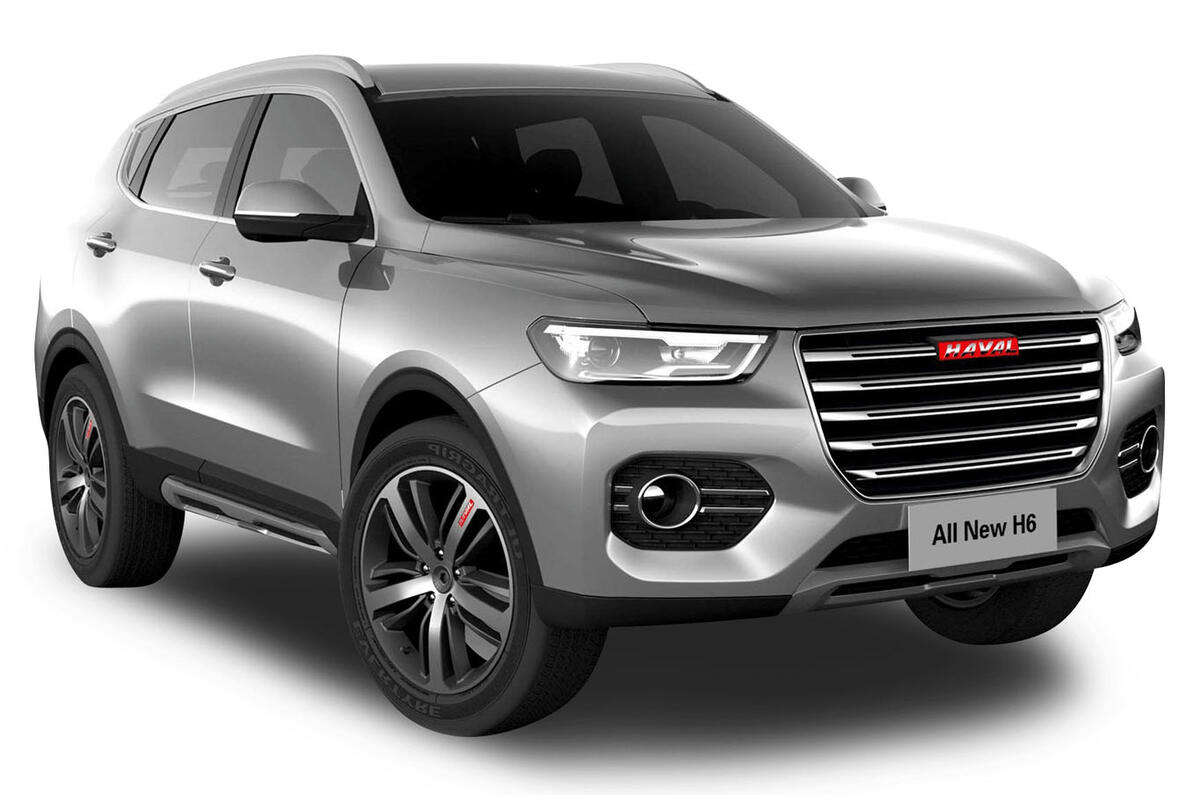
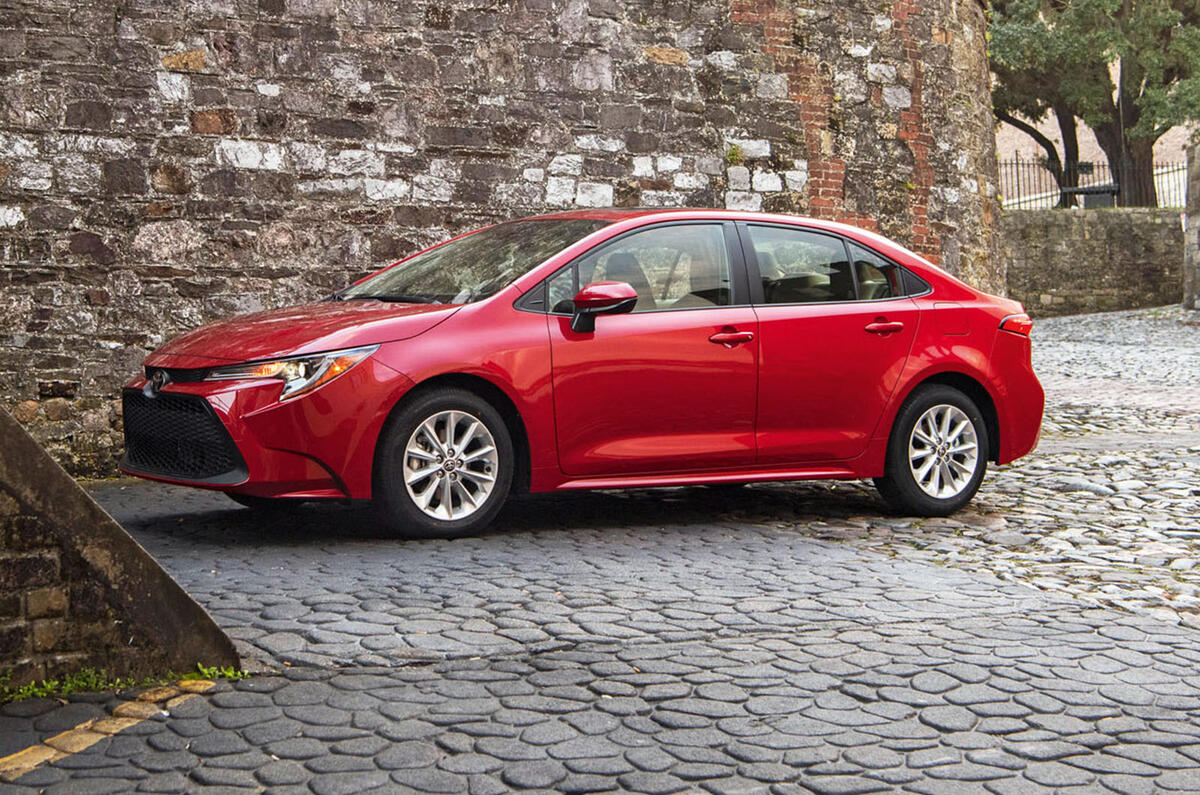
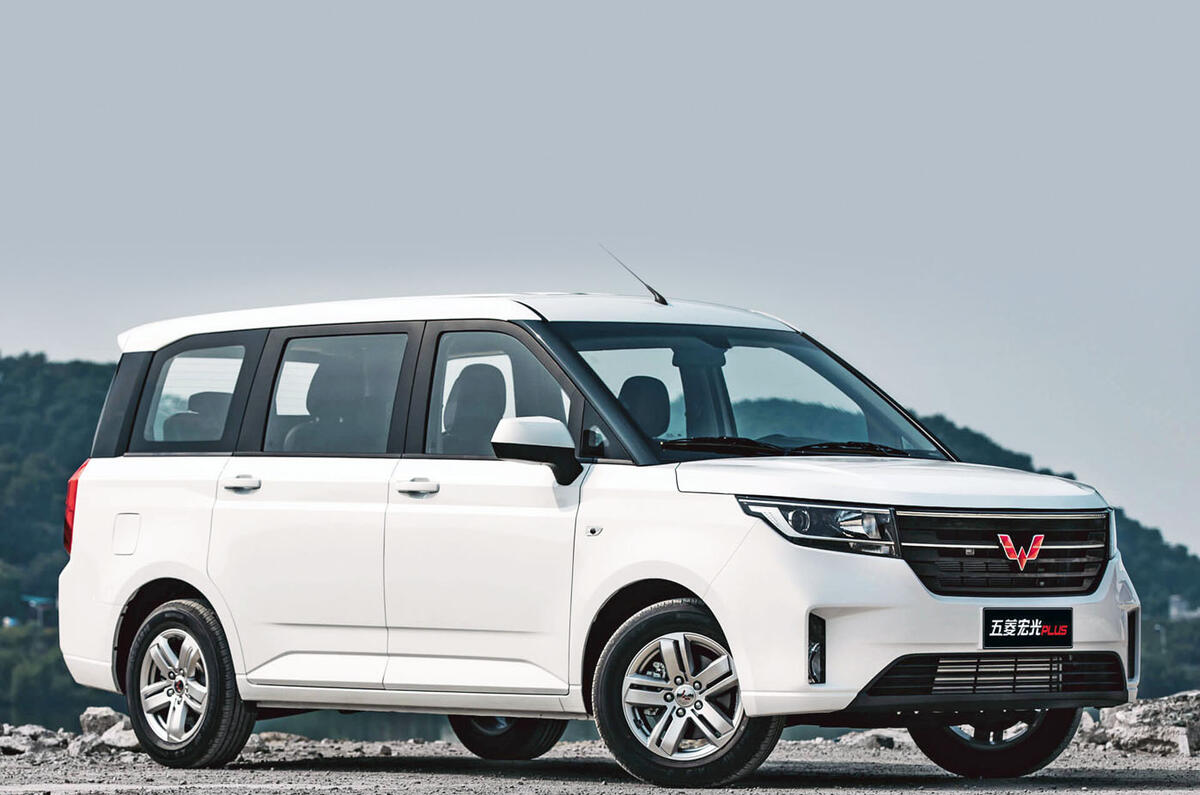
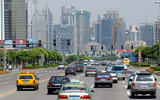
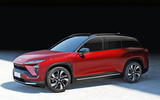


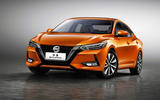
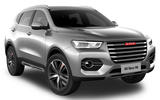
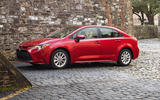
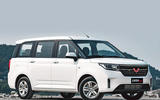



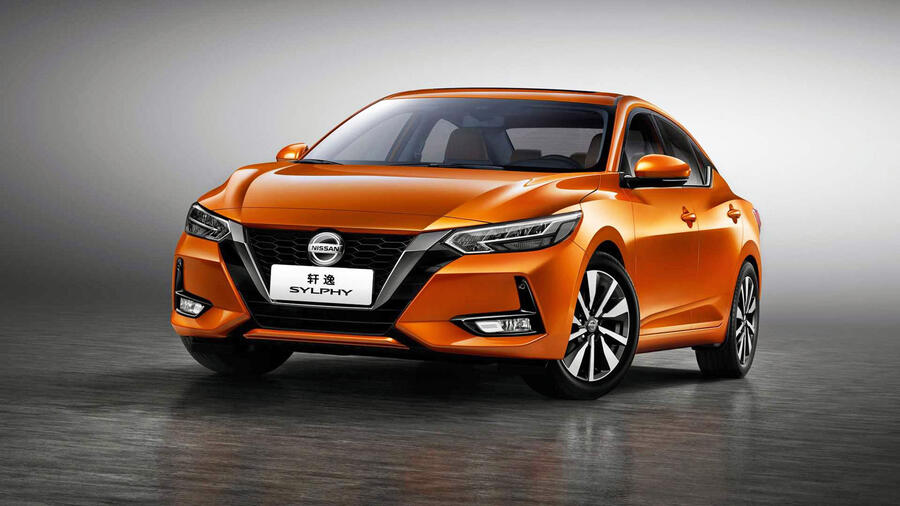
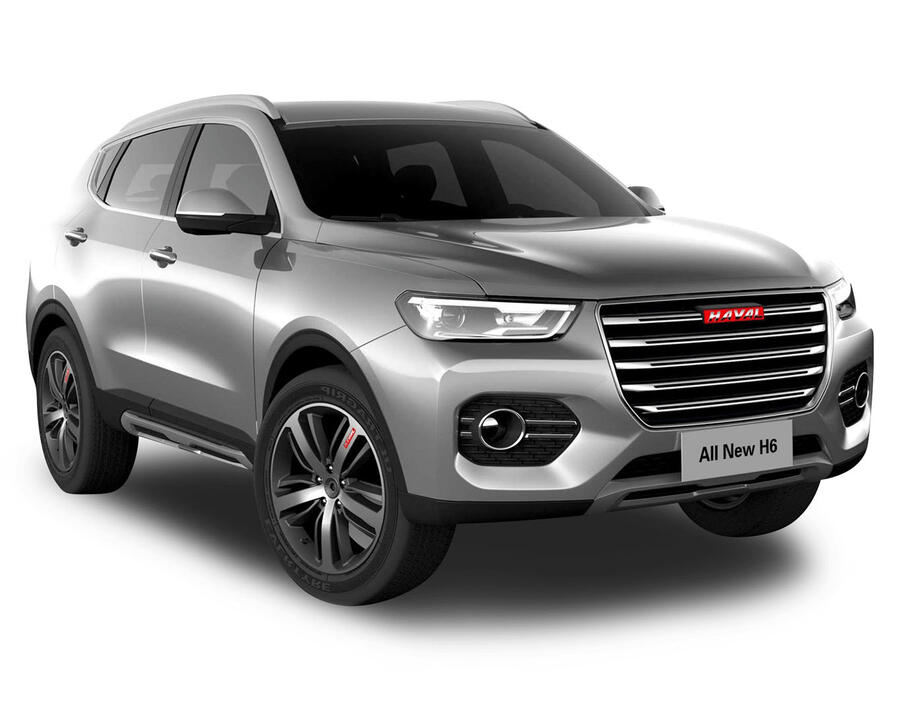
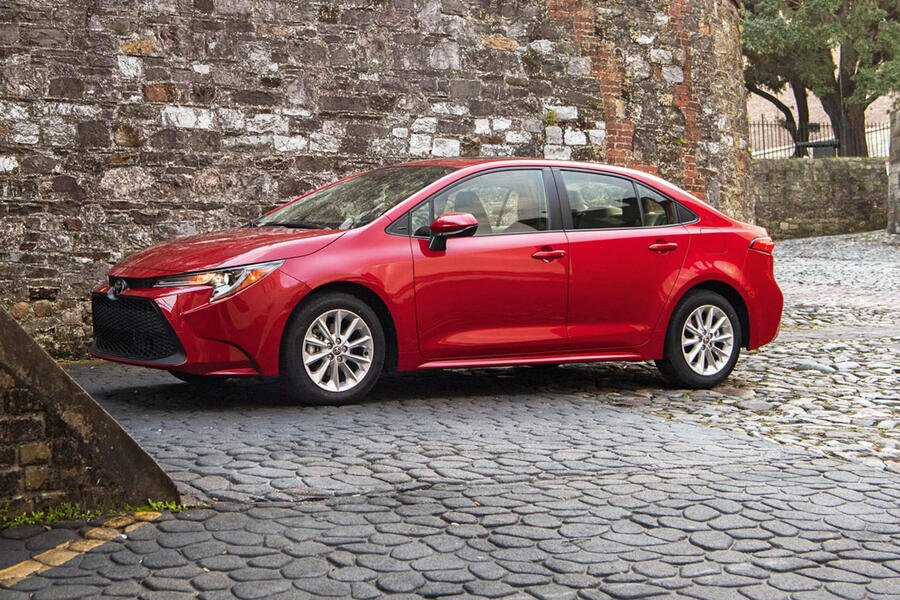
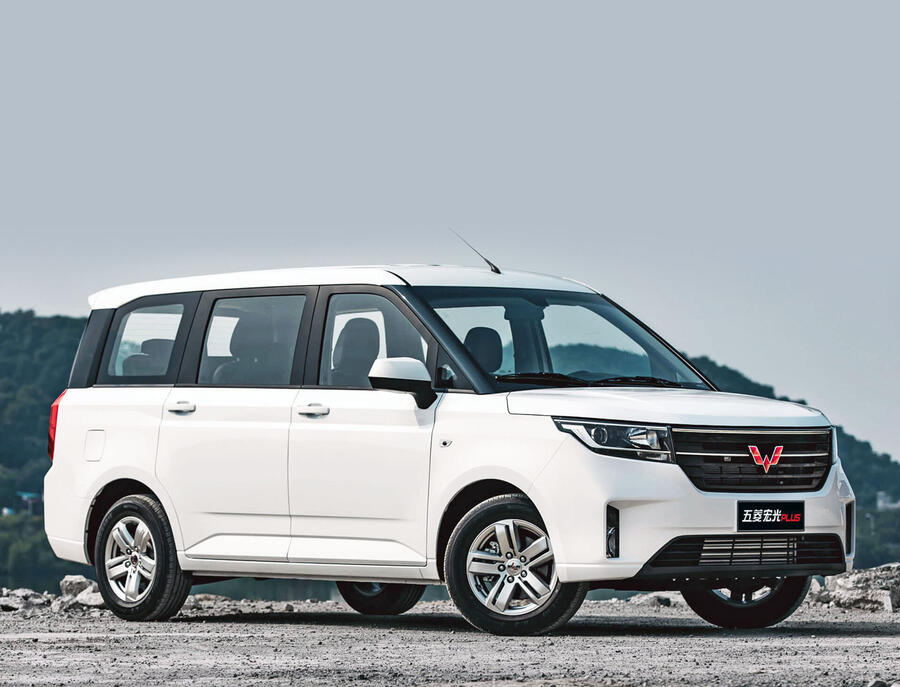


Join the debate
Add your comment
Economic woes
China's economy is not due to improve any time soon. Just look at the increasing corporate bond failures and regional bank problems. All are expected to worsen as the error of printing so much money to stimulate the economy over the years finally begins to cause havoc.
The only bright point is that western cars makers are taking a bigger share of the market as they are forever playing catch up on western upgrades.
Economic woes
China is about to turn the tables...
on Western car makers. What has taken Japan decades, Korea maybe a bit shorter, China will do in just a few years: making appealing and innovative cars on the crest of the whole EV wave. Heard on the BBC that Ford's China sales dropped 26%. Why would a Chinese buy an American car anyway, except for their branding, which Americans aren't particularly good at? Trump caused Detroit to fall behind in technology.
Lower overall sales is not a
Interestingly, after a couple of decades of car-centric planning and outright hostility, a number of Chinese cities are returning to that staple of Mao-era transport - the humble bicycle.
The world doesn’t need more cars, it needs better cars.
Owning?
I work in China a lot. The younger, professional, middle class tend to live in cities. Owning a car is a pain, not a pleasure. Most use ride hailing apps to travel, why buy a car yourself that sits in an expensive city car park slot for 97% of the time! The concept of driving for enjoyment is alien. Cars are purely transport (or status symbols for the ultra wealthy).